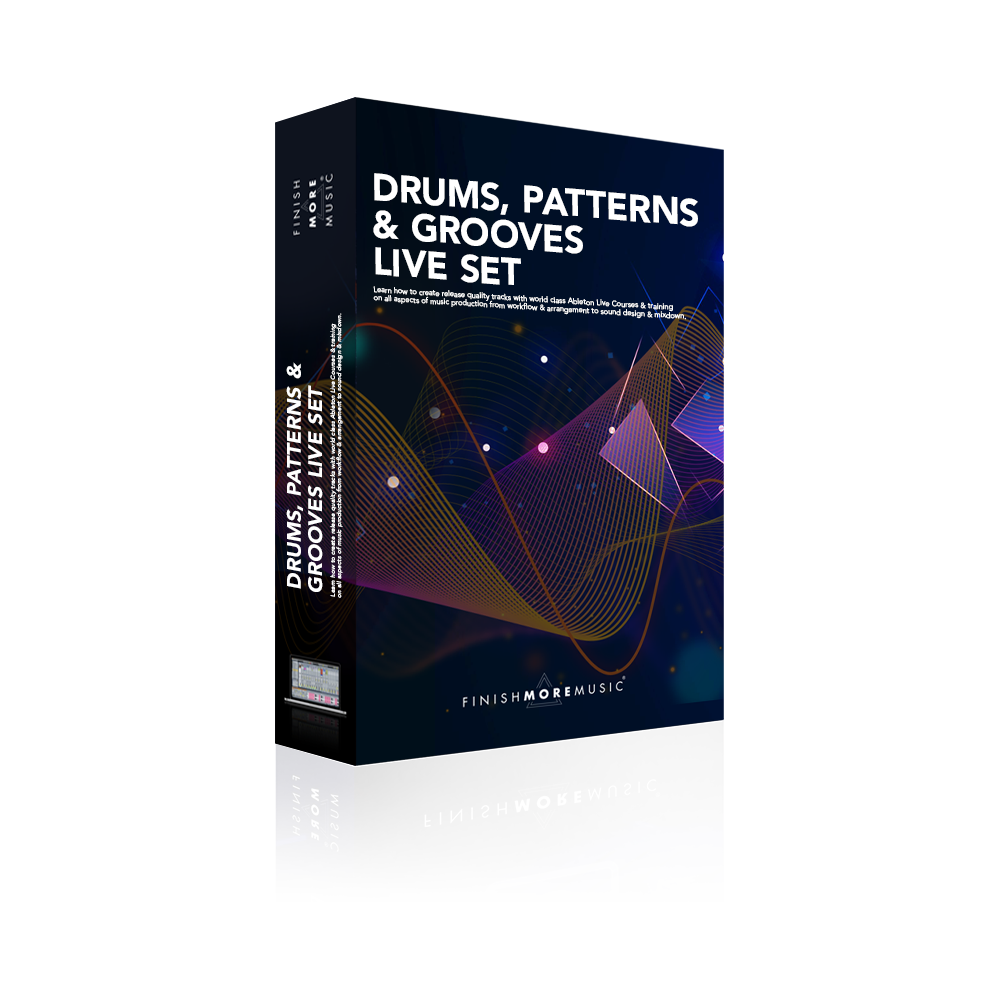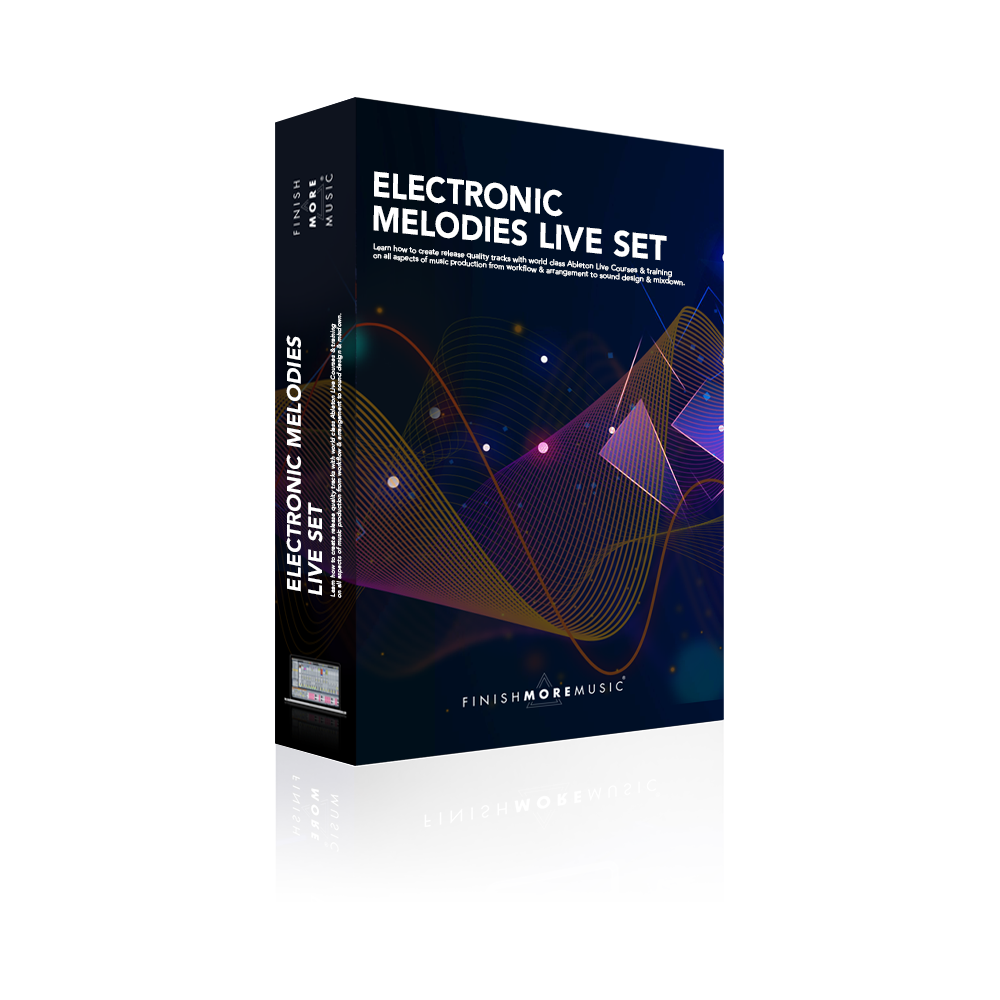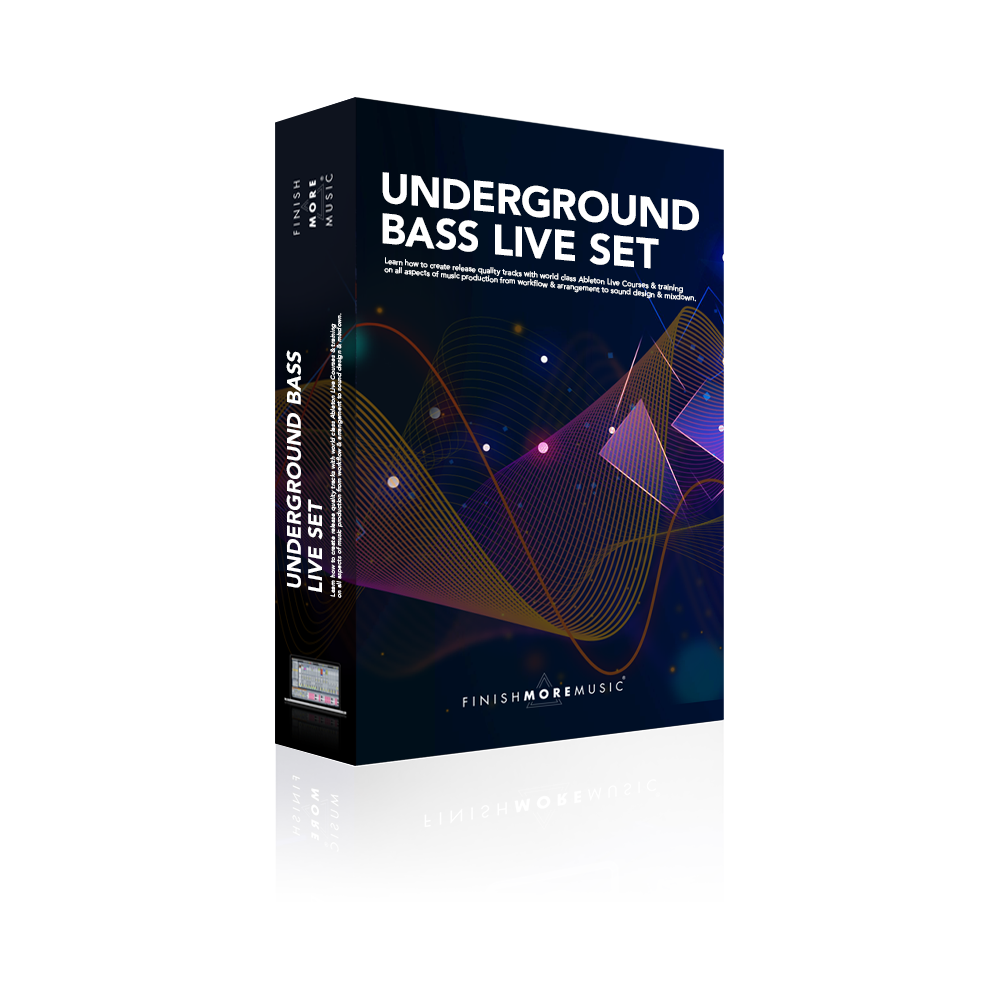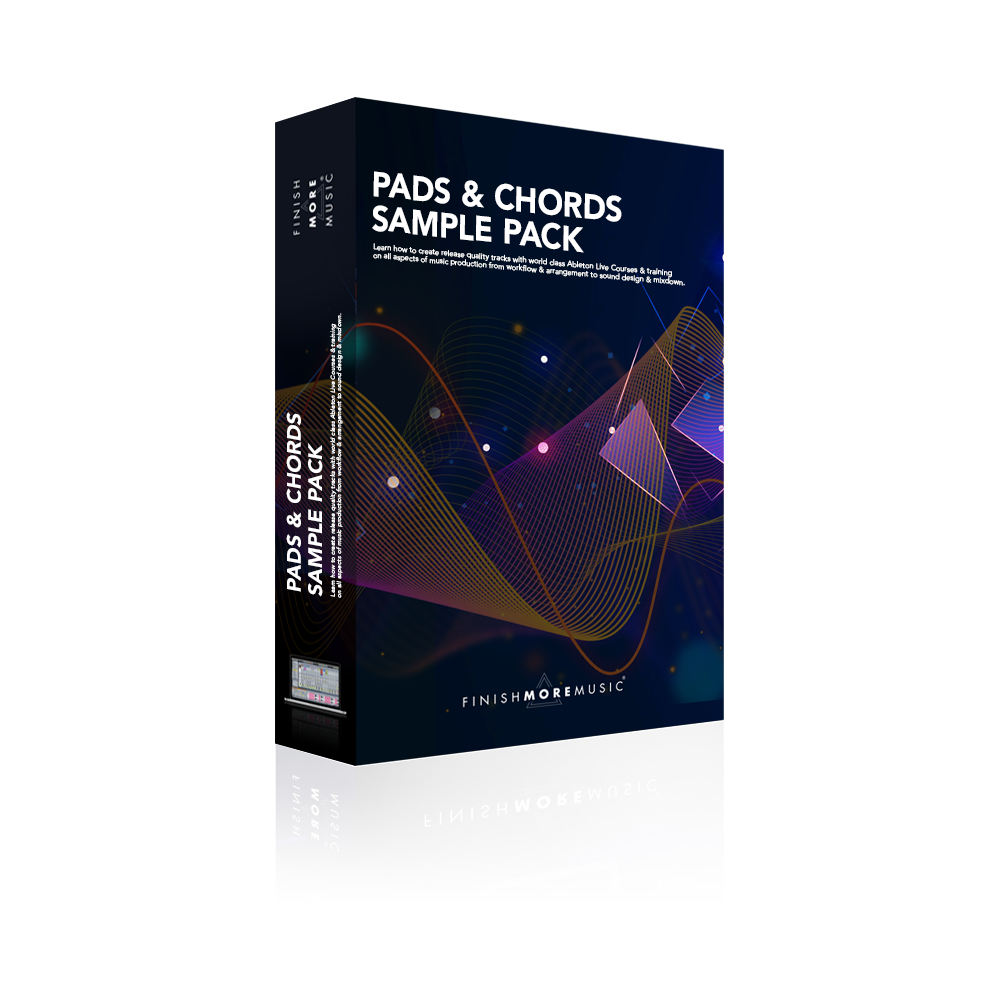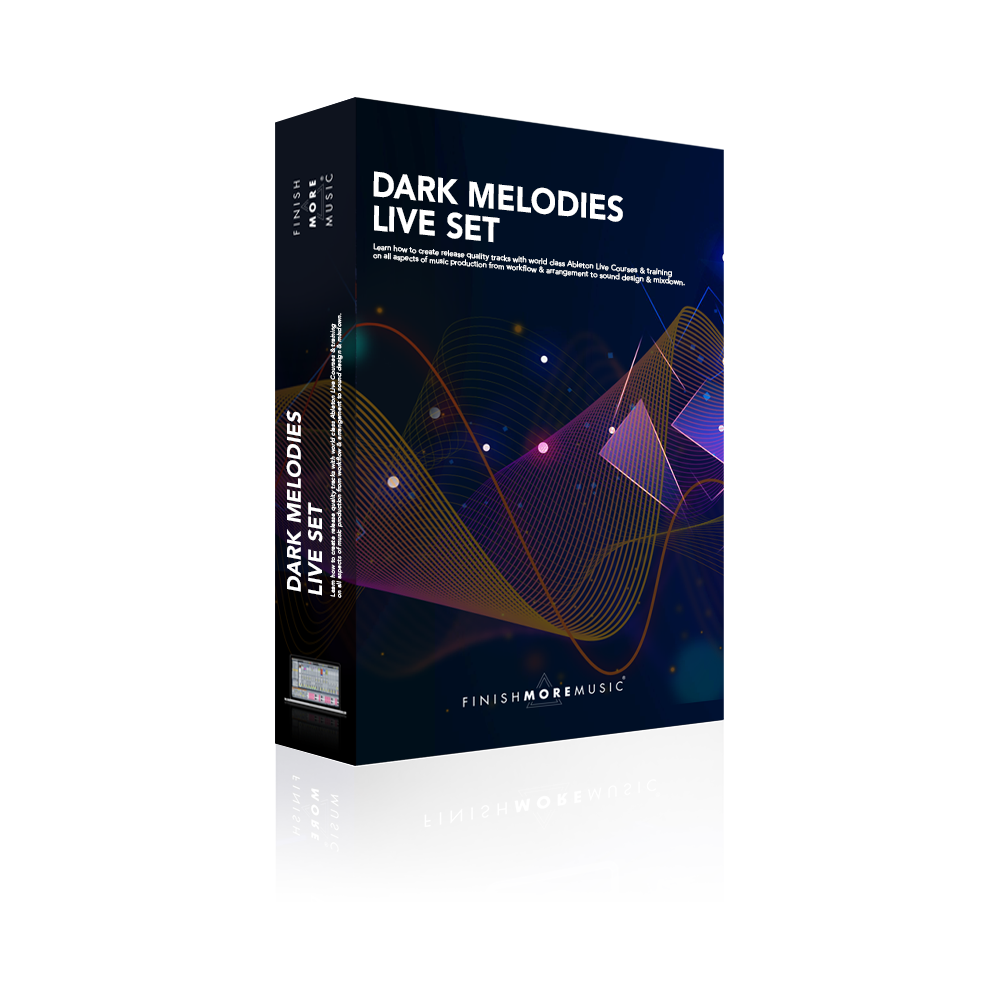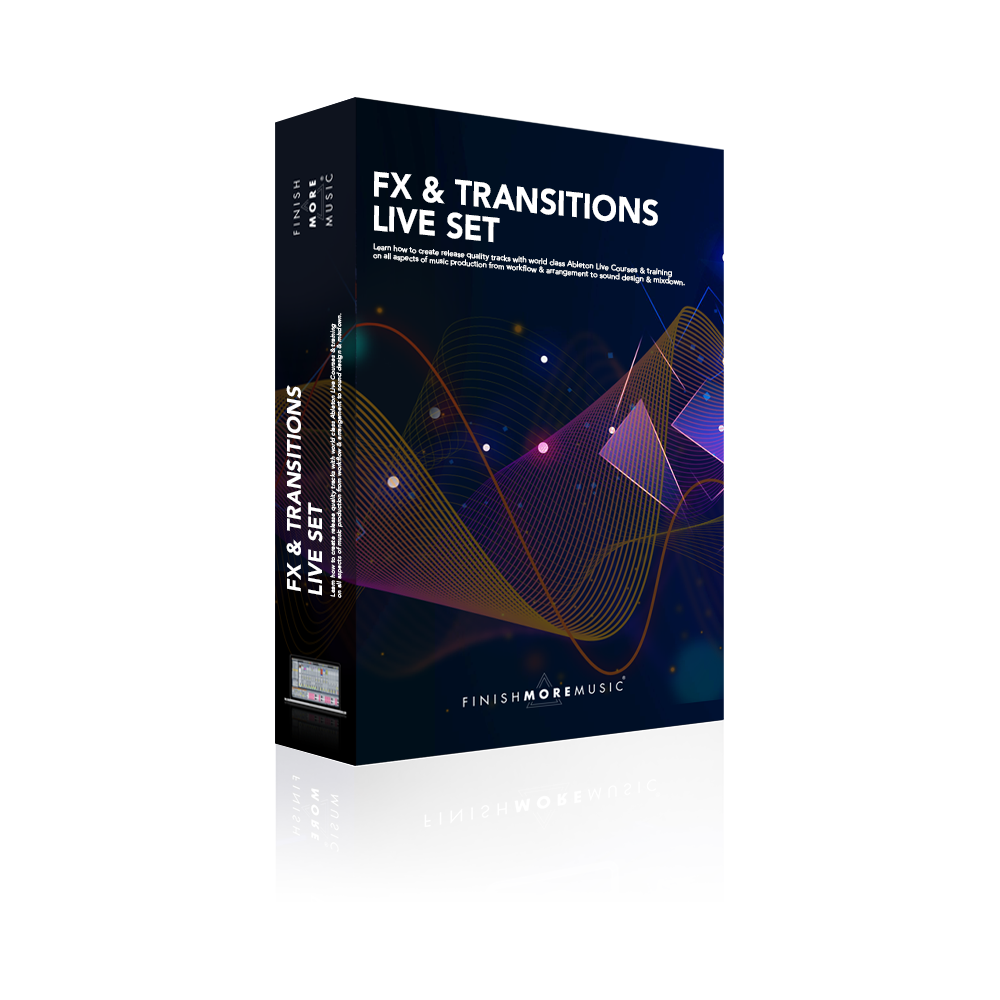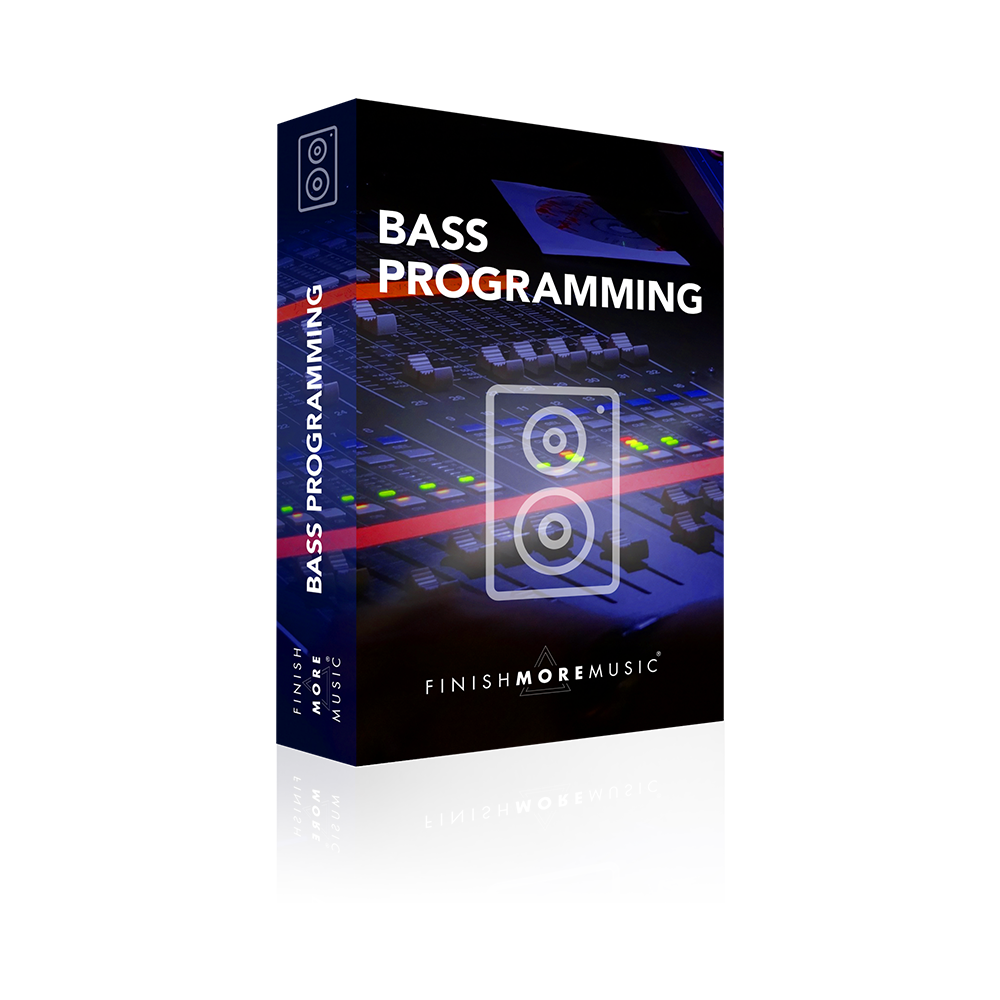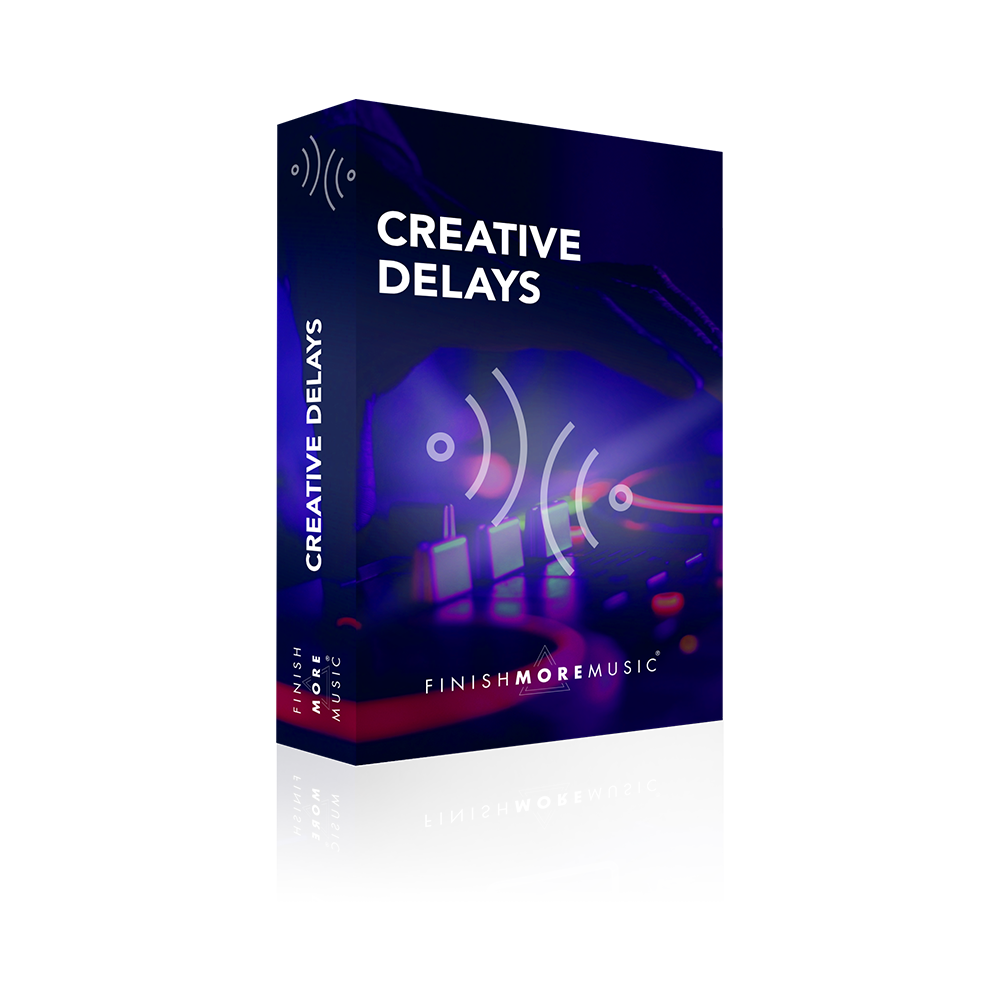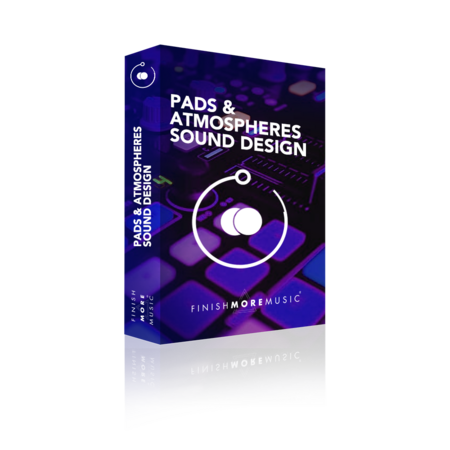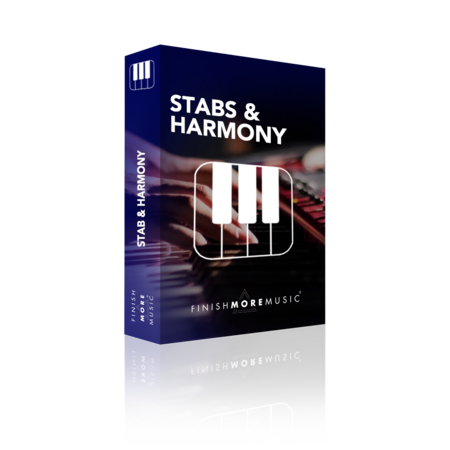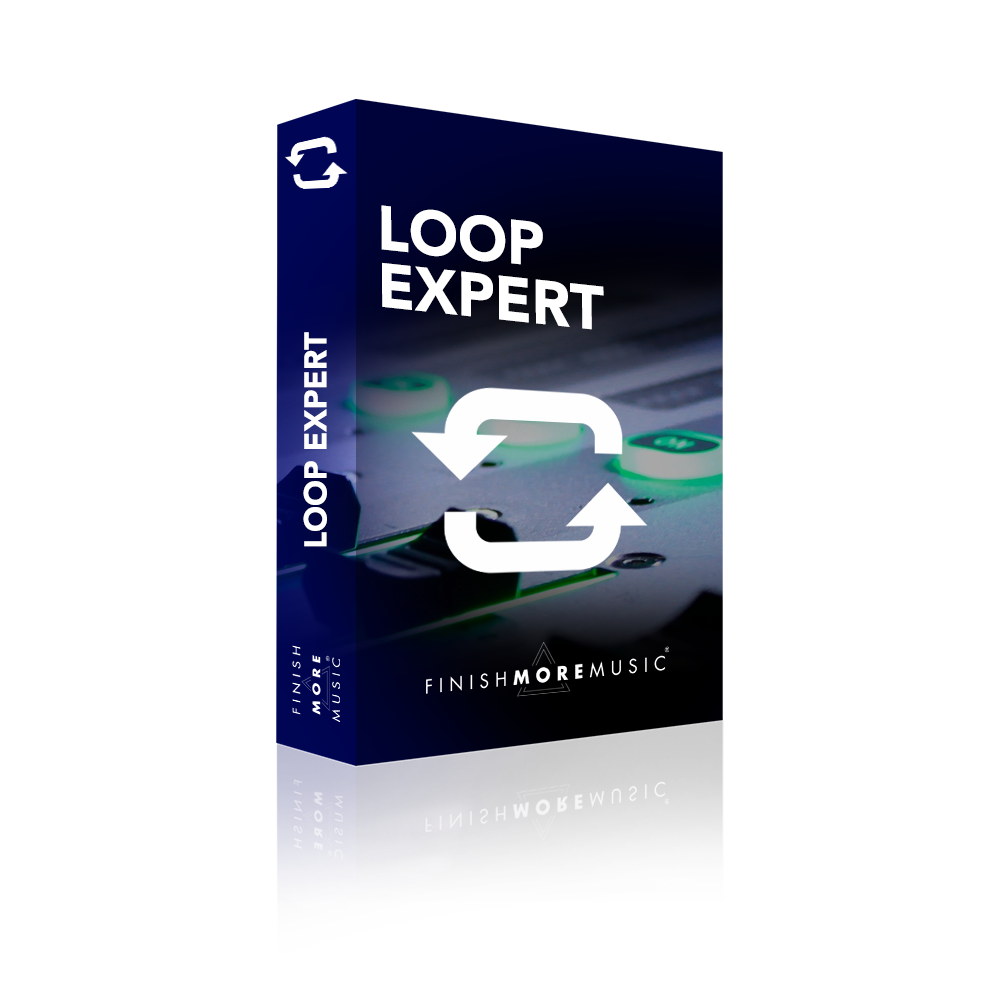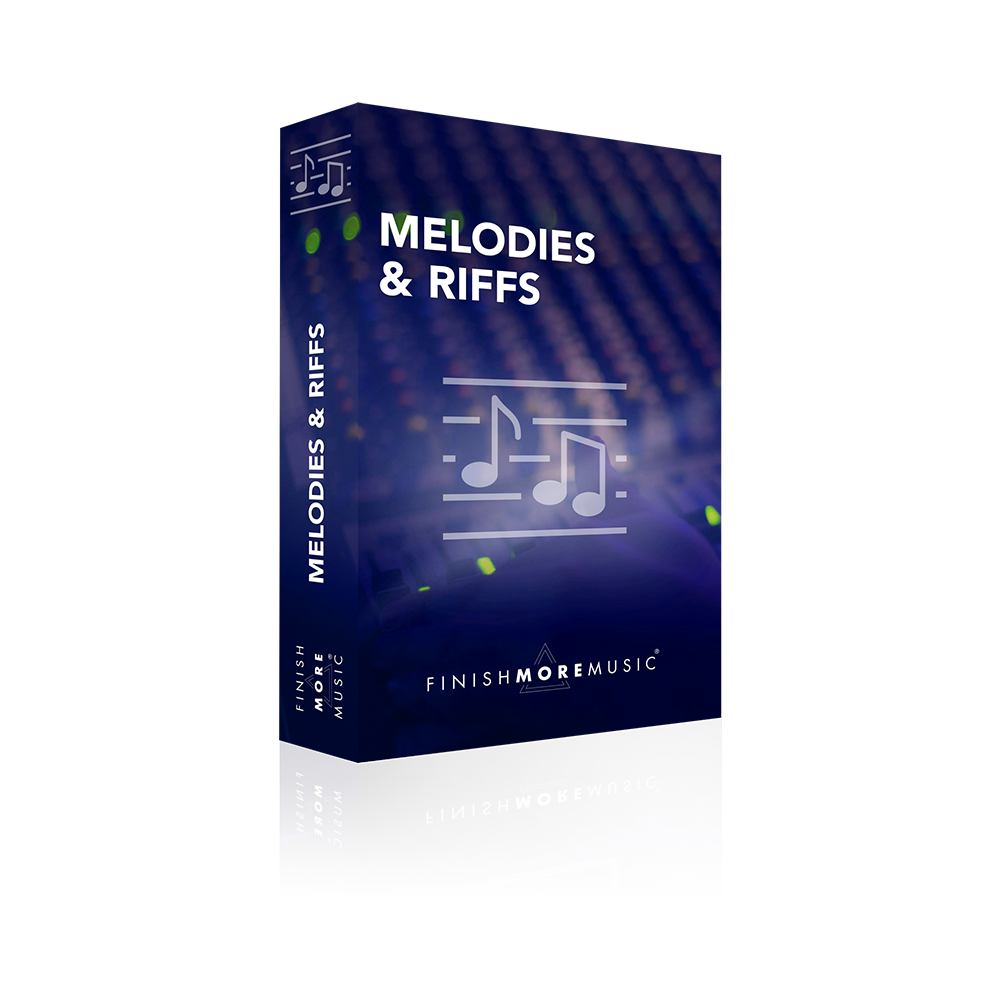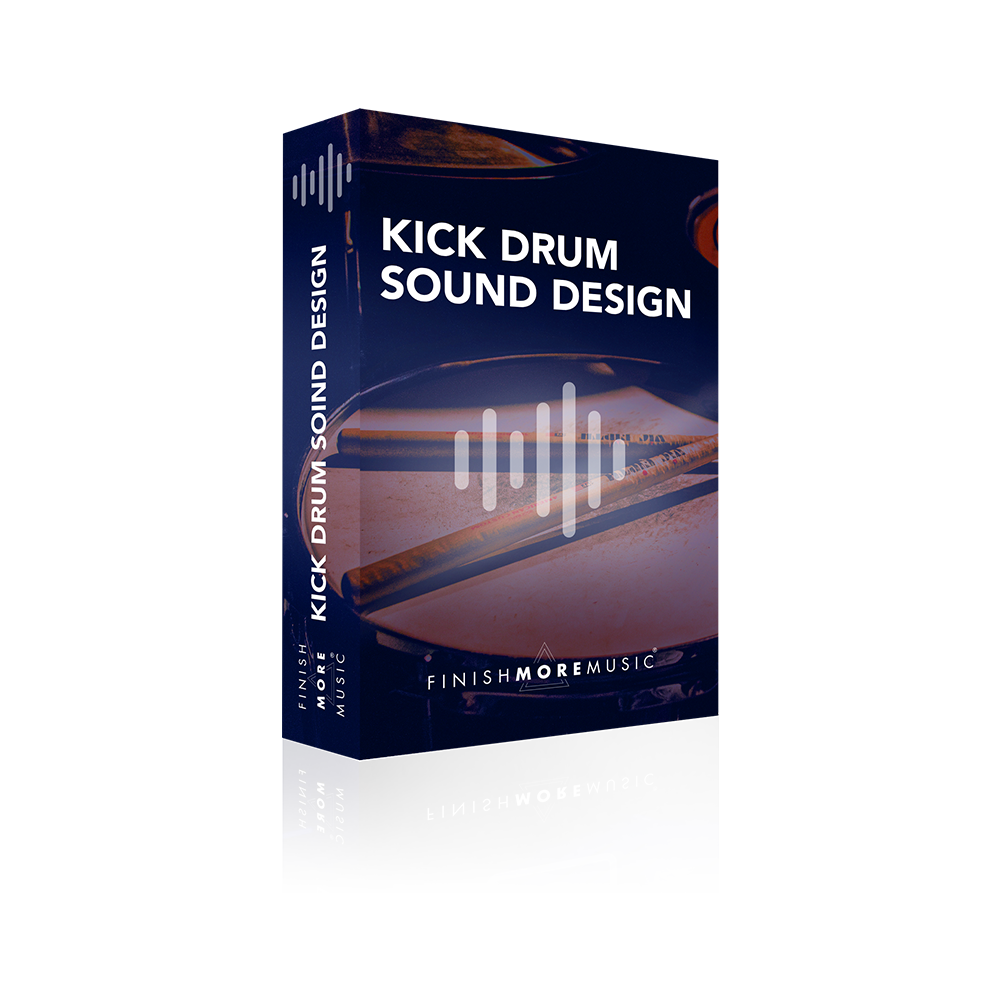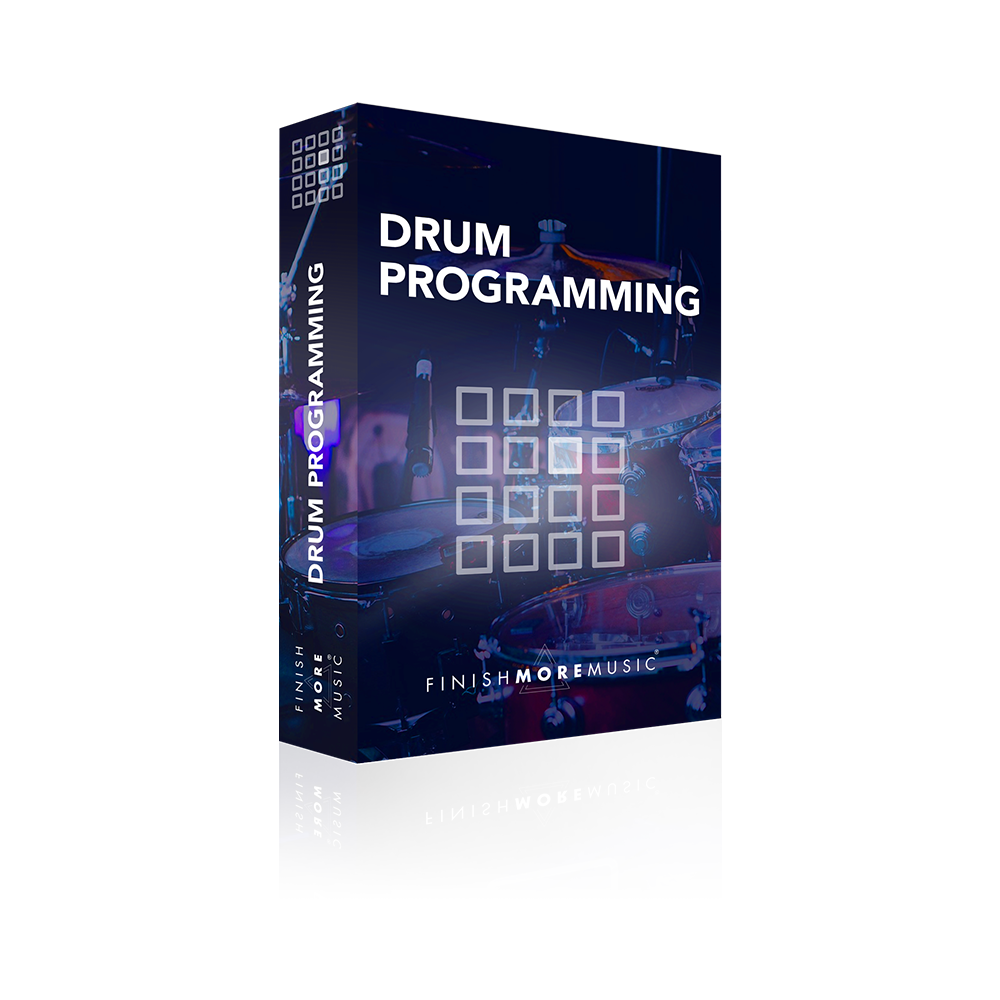FMM045 – When you say music is your life but you don’t act like it.
“Music is my passion!”
“I live for my music!”
“Music is what I want to do with my life and I will do whatever it takes!”
Sound like you?
If you’ve said all these things before but you take actions that simply do not back it up, then it’s time to take a step back and start being honest with yourself.
In this episode, I talk about one very powerful word that once you fully understand, will enable you to push forward and hit all of your goals…
INTEGRITY
Integrity is important in everything we do. When we have integrity, we are staying true to ourselves and we end up motoring towards our goals and living our life the way we want to.
If you lack integrity, you’re always going to be feeling like there’s something missing and you’re going to be frustrated and uncomfortable with your life.
Integrity can be the key to your success, so check out what I have to say in this podcast and start to make changes in your approach to securing your life dreams.
Key Takeaways:
- “If you are feeling emotional pain, restlessness, frustration, pressure, discomfort around your music, then you are living a life that is out of alignment with who you are and who you really want to be.”
- “Integrity is all about living true to who you are and who you want to be”
- You can’t expect the people around you to support you when they can sense that you are not in integrity.
- Be honest with yourself and spot your “Yeah, but…” moments and address it head on.
Resources Mentioned
Thank You for listening!
I really appreciate you joining me and I hope you’re enjoying the topics and taking some real value into your music sessions.
If this episode resonated with you and you feel it will have a positive impact on the people you know, please share it by using the social media buttons you see at the bottom of this page.
To make sure you are always the first to know when a new episode lands: Subscribe here.
One of the things that helps people decide if a podcast is for them, is the review section. If you’re enjoying the episodes and feel they will add value for other music producers, please leave a 60 second review and rating. Thank you 🙂

